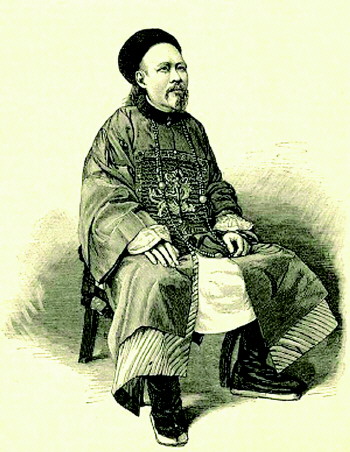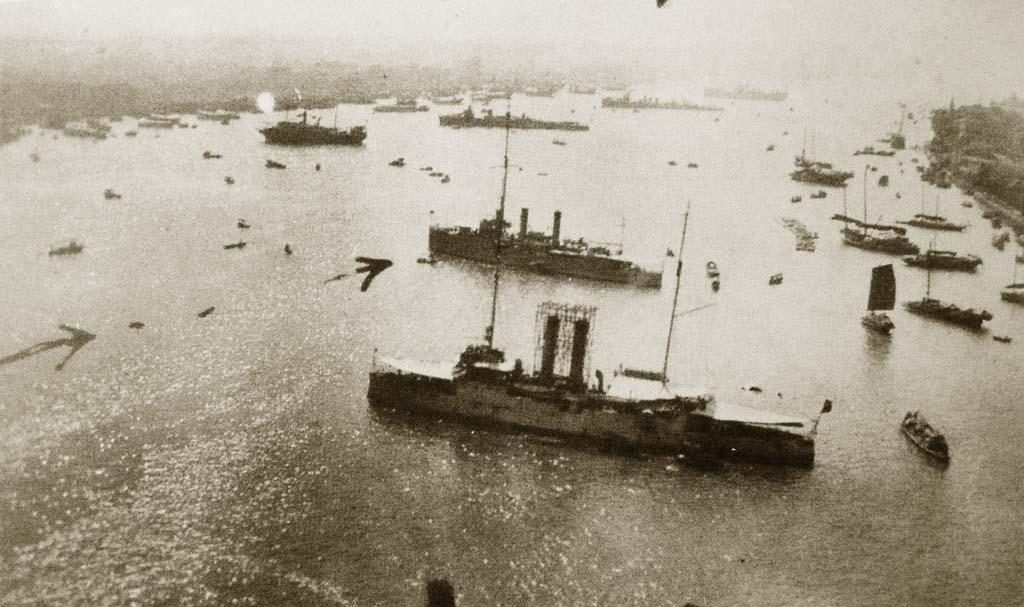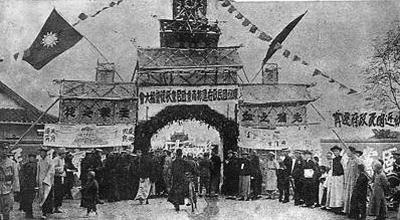Crisis before Modern Times
5 min readDuring the Ming and Qing dynasties in China, the historical development of the world experienced significant changes. One after another, the main European countries completed the leap from early capitalism to realization of capitalist class revolution and industrial revolution and embarked on the road to modern industrial civilization. The Chinese empire reached a new height in agricultural civilization and some changes from the traditional mode emerged in the social economy, and intellectual and cultural circles, with a tendency toward industrial civilization. However, when the British capitalist revolution happened, China was mired in peasant wars at the end of the Ming Dynasty before the Qing entered the Shanhaiguan Pass. Since then, the Ming Dynasty entered a track completely different from that of the western countries. In western countries, commercial economy replaced the natural economy, the industrial production replaced handicrafts workshops, state power marked by law replaced the privilege of kings and nobles, reasoning broke the hold of divinity over human minds that had continued since the Middle Ages, and science overcame ignorance. The industrial revolution helped the western bourgeoisie “create more massive and more colossal productive forces than those created by all preceding generations together.”But the Qing monarchs, evenduring the prosperous era of emperors Kangxi and Qianlong, knew nothing about the historic transformation caused by the spread of industrial civilization, causing the country to go to the brink of its deepest crisis. The period was the watershed moment when China changed from being a leading world power to a backward country.

During the Ming and Qing dynasties, the economic structure characterized by a combination of farming and weaving and self-sufficiency still took a dominant rolethroughout the country, but civil handicraft and commercial sectors gained a strong momentum. Since the late Ming Dynasty, the social values and morality have changed to be money-and benefit-oriented. The businessmen who had been despised previously were granted a very high social status and claimed “ordinary citizens were the group of people with the moralist conduct.”Even Emperor Yongzheng also sighed bysaying that,”I feel it ridiculous that businessmen top all the professionals and the scholars, on the contrary, were located in the lowest position.” Correspondingly, the proposals like “handicraft and commerce jointly constitute the foundation of society”and “the rich are those the whole state depends upon”wereput forward in the civil society. However, the rulers of the Qing Dynasty believed that “one more person engaged in commercial business would reduce one peasant working in the farmland,”and thus insisted on implementing the policies of “encouraging all the peasants to commit themselves to farming”and “making both labor and land exhausted.”That kind of highly-intensive operation mode, which confined vast numbers of excessive labor to limited farm land, significantly dampened the impetus of scientific innovation. Long-term existence of the family production structure featuring “man tills and women weaves”also hindered the expansion of handicraft development, froze and consolidated the natural agricultural economy.

The rulers of the Qing Dynasty considered that”mining is bound to result in the gathering of people,which would further lead to turbulence.”Therefore,they issued orders forbidding mining on multiple occasions,and imposed redundant and heavy commercial taxes on the activities of businessmen and owners of workshops. Under the policy,the businessmen and workshop owners could not enlarge productior by capital accumulation and forced some commercial capital to land exploitation. That constrained the new production relationship effect and reform of large-scale industrialization.
While practical study prevailed and the western learning gradually flowed into the east,the court of the Qing Dynasty still kept the pragmatic knowledge about science and technology outside,continued its system of official selection through stereotyped writing,constrained the public minds with Neo-Confucianism and vigorously launched the literary inquisitions.This made it difficult for modern elements in political and ideological fields to develop.Instead of using uniform,standardized and efficient educational selection mechanisms to push for industrialization and social transformation, the Qing Dynasty went against the social trend, stubbornly replicating old bureaucratic and legal systems and seriously hindering the process of modernization.

Constraint from the intensive farming mode and control by the system of stereotyped-writing education and official selection were also deadly stings to the science and technologies of the Qing Dynasty. There were little advances in the scientific innovation during the period, leading to the absence of powerful impetus for industrial revolution and social renovation.
Before the 16th century, China’s ocean navigation and ship-making techniques took a leading position in the world. From 1405 to 1433, the Ming Dynasty successively sent Zheng He to the Western Oceans on seven separate occasions. Zheng 1ed hundreds of huge ships and thousands of sailors, reaching more than 30 countries in Asia and Africa and increasing friendly exchanges and economic communication. However, the Ming Dynasty highlighted “giving more but getting less”and seldom took economic benefits into account, making production of most goods for export supervised or forced by the official governments. That further led to the fleeing o a vast number of craftsmen and the end of the feat of ocean navigation, which was later considered as a “bad policy.”The Qing court posed as a Celestial Empire, believing that it “has abundant resources and products and doesn’t need to exchange goods with alien nations.”Meanwhile, it closed its doors to the outside world by prohibiting sea trade and foreign trade, in a bid to prevent “alien” invasion and the anti-Qing forces in coastal areas. It closed all the trade ports except the port of Guangzhou, and only allowed “Shisan Hang,”an officially-franchised organization, to manage foreign trade. Though the closed-door policy played a certain role in defending the nation against western colonists, it did not narrow the gap between the west and China. Instead, the policy curbed the development of foreign trade and navigation, and made the Qing Dynasty lose the opportunity to tap overseas markets, stimulate capital expansion and promote industrialization through foreign trade. It further caused a deepening obstruction and stagnancy and took China far away from the developmental tide sweeping the world.








